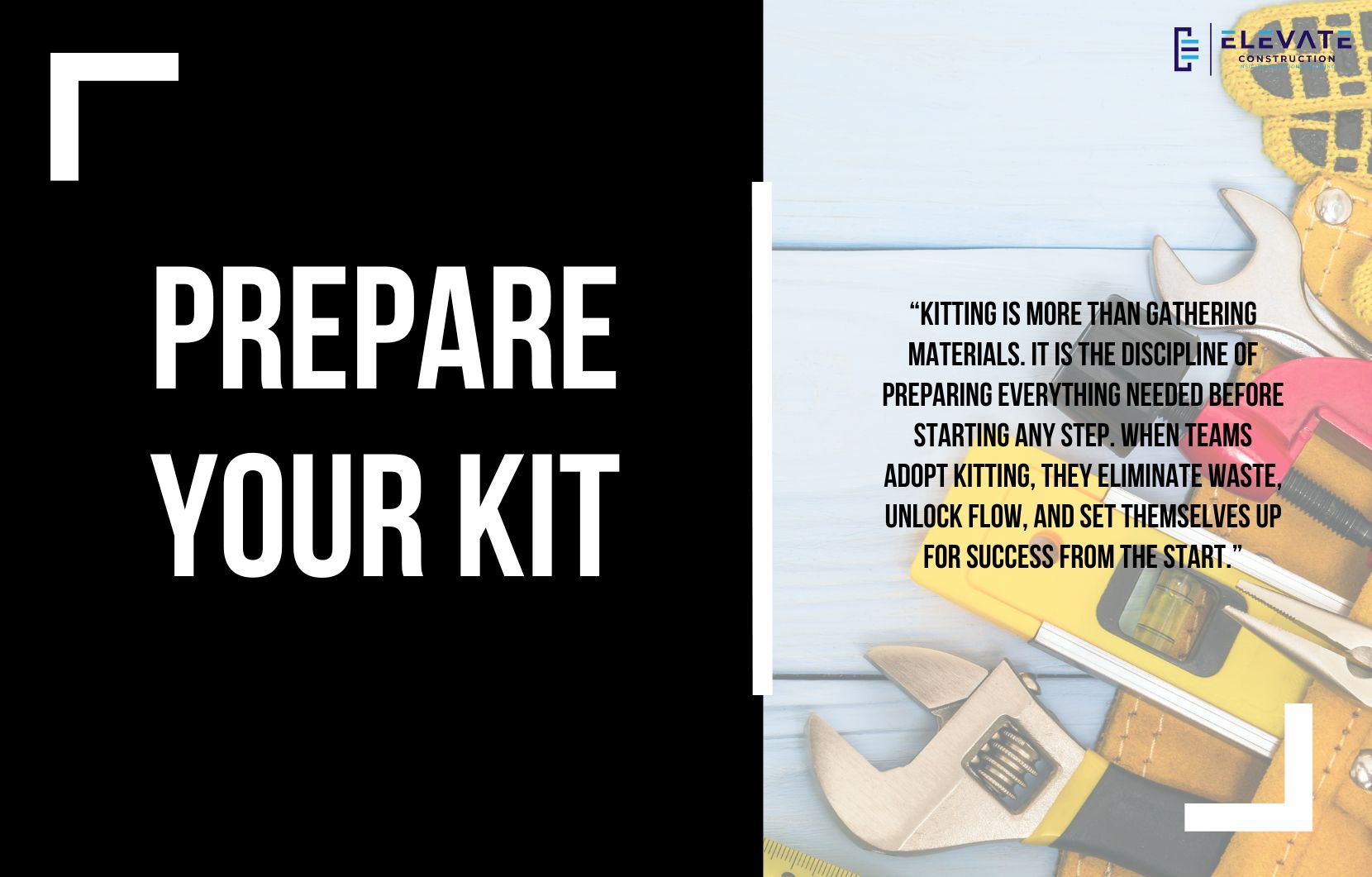Advice to Millennials and Gen Z
I want to share some thoughts on advice for Millennials and Gen Z entering (or already in) today’s workforce. This isn’t about criticism it’s about equipping the next generation to thrive, especially in industries like construction where execution and consistency matter most.
First, let’s clear something up, the idea that “nobody wants to work anymore” isn’t new. Every generation has heard this. Yes, there are cultural shifts in society that lean toward entitlement, but on construction sites, I see hardworking, loyal people. The issue isn’t laziness across the board it’s about how individuals approach opportunity.
The Entitlement Mindset
Too many people want the perks before putting in the work; cushy hours, bean bags in the office, instant recognition, and quick promotions. The truth is, those things come after you’ve earned them not at the starting line. Entering the workforce as a “taker” instead of a “giver” sets you up for disappointment.
Job Hopping Hurts You
Constantly chasing sign on bonuses and new titles without truly delivering results creates instability. Loyalty and consistency still matter. Honoring commitments builds trust, and in the long run, it makes you more valuable.
Overdependence on Technology
Phones, apps, and AI can’t replace basic human skills like communication, negotiation, problem solving, and writing. If you can’t focus long enough to complete real work, or if procrastination becomes your default, it doesn’t matter what you “know” it’s what you do that counts.
Unrealistic Expectations
Don’t expect to land a role that offers the lifestyle and perks of someone 15 years ahead of you in experience. Grind first, build skills, and then earn the freedom and flexibility that come with expertise.
A Better Path Forward
Instead of entitlement, focus on:
- Grinding early in your career to build resilience and credibility.
- Staying loyal long enough to make a real impact.
- Balancing tech with fundamental human skills.
- Setting realistic expectations and growing into bigger opportunities.
Entitlement, distraction, and dependency won’t create a fulfilling life. But discipline, focus, and commitment will.
Key Takeaway
Success doesn’t come from entitlement or shortcuts it comes from grinding, building skills, staying loyal, and focusing on real contributions. Millennials and Gen Z have immense potential, but it takes effort, not excuses, to unlock it.
If you want to learn more we have:
-Takt Virtual Training: (Click here)
-Check out our Youtube channel for more info: (Click here)
-Listen to the Elevate Construction podcast: (Click here)
-Check out our training programs and certifications: (Click here)
-The Takt Book: (Click here)
Discover Jason’s Expertise:
Meet Jason Schroeder, the driving force behind Elevate Construction IST. As the company’s owner and principal consultant, he’s dedicated to taking construction to new heights. With a wealth of industry experience, he’s crafted the Field Engineer Boot Camp and Superintendent Boot Camp – intensive training programs engineered to cultivate top-tier leaders capable of steering their teams towards success. Jason’s vision? To expand his training initiatives across the nation, empowering construction firms to soar to unprecedented levels of excellence.
On we go










